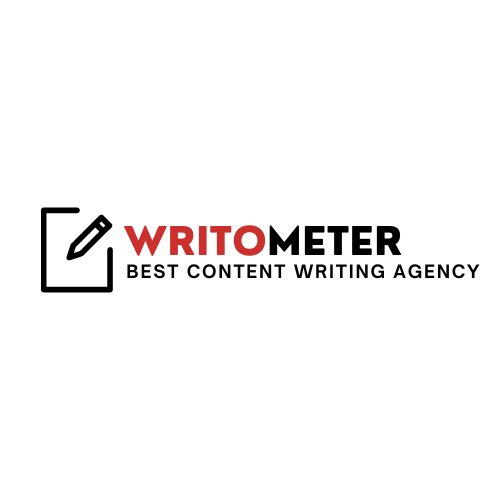Other than being time-consuming, the compliance process is riddled with the chances of human error, which can easily result in compliance violations. Since forming a strong security posture starts with proving the effectiveness of the controls in place, it can be quite stressful for your workforce. With a compliance workflow, however, you can streamline the process as well as enjoy auditable outcomes. Automating Compliance Workflow can streamline processes, reduce errors, and ensure regulatory adherence in various industries. Automating compliance workflow can greatly enhance efficiency, accuracy, and transparency within an organization.
Compliance Workflow
The Concept of Compliance Workflow
Ideally, all workflow relies on dependencies to complete. For instance, someone needs to sign workflow tasks to the individuals responsible for them. Afterward, the person in charge needs to ensure that the assigned tasks are completed in a timely fashion.
In the compliance scene, the compliance officer is the authority. Their role is to set and assign tasks as well as monitor their completion. For there to be enough visibility into the compliance program, stellar communication practices need to be in place.
However, the conventional approach to compliance workflow communication can turn into a burden as the organization scales. It becomes pretty easy for calendar and email notifications to go unnoticed in the midst of business meetings and operations. Often, this ends up frustrating the compliance officers with missed deadlines, and the risk of non-compliance.
Why Automate Compliance Workflow?
Simply put, automating compliance workflow streamlines the process. Instead of the compliance officer having to update and monitor tasks manually, the software can do it for them.
For instance, if meeting the HIPAA (Health Insurance Portability and Accountability Act) requirements is one of your business compliance goals, you need to review and upgrade your patch management process. Your IT team will typically need to submit documents proving this. In case the IT team loses the email request for such documents, it is the duty of the compliance officer to follow up on the issue. Often, this means that the officer has to nag the responsible party and send a couple of reminders. With automation, you can use the “set and forget” approach to streamline the process, saving time, and making it easier for all parties.
Why Streamlining The Compliance Process Matters?
Compliance officers often need to balance a diversity of industry standards and regulatory requirements. Depending on the industry their business is in, they may need to focus on cyber-security, document retention, human resources, and internal operational requirements. As the industry standards and regulatory requirements evolve with time, this task becomes even more complicated.
It becomes quite easy for a vital aspect of compliance to slip right through your fingers, increasing the risk of non-compliance. In turn, this can attract fines against your business. For instance, violating the HIPAA standards can cost your business as little as $100 per violation to as much as $50,000 per violation, depending on what was violated. What’s worse is that you might also risk a one-year prison sentence and a $50,000 fine if a covered entity knowingly gained access to and disclosed individually identifiable health information. As a result, failing in compliance is not only a financial risk but also a personal risk.
Using workflow automation to streamline the compliance process makes documentation quite easy. This also improves the auditing process. Since audits rely on processes, documented policies, and procedures, it becomes pretty easy to present these to the auditors. Compliance software ensures that such requirements are located in a single system, improving your business’ audit-ability.
How to Use Compliance Management Software
For you to effectively implement compliance workflow automation, you should look for software that fits right into your business’ needs. Software types come with their own set of functionalities. As a result, you need to understand the functionalities your business needs, what your tool of choice offers, and how to use it to pick the right software.
Assign Responsibilities
Ideally, everyone in the compliance chain has responsibilities to achieve. Sadly, roles can easily get blurred as organizations scale. Moreover, as people change departments and go higher in ranks, they might lose track of what roles they should play.
As a result, stellar compliance processes start with assigning everyone their roles and ensuring that they understand how their roles fit in the compliance puzzle. IT managers need to be aware of the documents that they should be providing. Human resource and departmental managers should also quickly pinpoint where their roles overlap with those of the IT department.
Departments also need to be in constant communication compliance wise. For instance, if an employee gets transferred from sales to marketing, they do not necessarily need to have access to the same information. Ample communication ensures control effectiveness.
Assign Tasks
Each responsible part throughout your organization should know the types of documents they ought to provide to the compliance officer. These tasks can range from responses to compliance questions by an auditor to reports on log monitoring.
With compliance automation, assigning such tasks is more manageable than before. After assigning tasks, you can track the progress and send constant reminders for tasks that need to be completed regularly. Automation also upholds visibility into everything that has been submitted and anything that is still overdue.
Store Documentation
Documentation is an integral part of compliance. While an auditor might trust your firm, they need evidence of compliance through documentation to meet their professional standards. The software can help you easily store the necessary documentation, and provide proof that you not only monitor your internal controls but also work to align your business processes with your policies and procedures.
State-of-the-art compliance software can help you track tasks and people as well as store documents. Instead of sifting through a shared cloud drive and consulting spreadsheets, the compliance management system streamlines document organization and makes tagging the responsible parties quite easy. Even better, it eliminates the chances of human error, which is common for organizations leveraging outdated compliance processes.

WritoMeter is a seasoned content creator, a leading content writing services provider. With a passion for storytelling and a knack for turning ideas into engaging narratives, WritoMeter bring a wealth of experience to the world of digital content. For any types of content writing services contact us on info[at]writometer.com.

